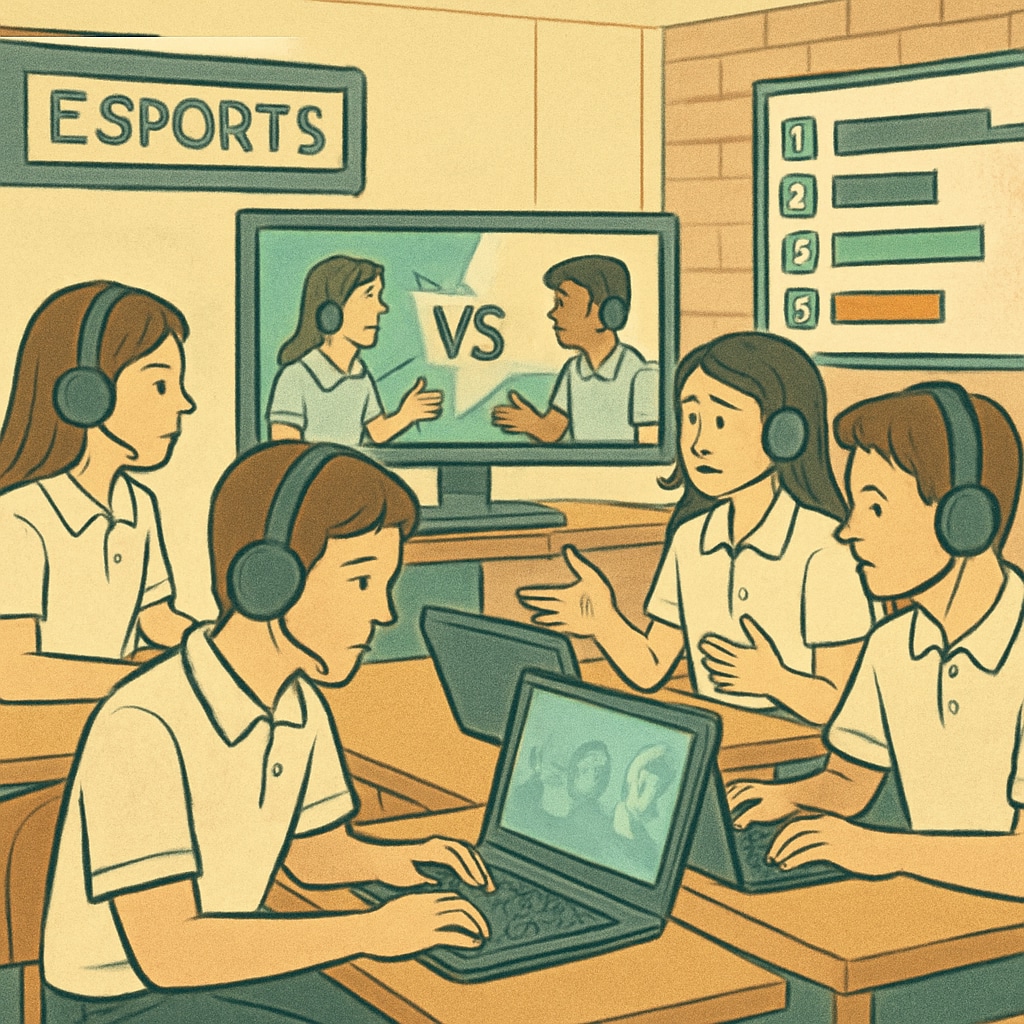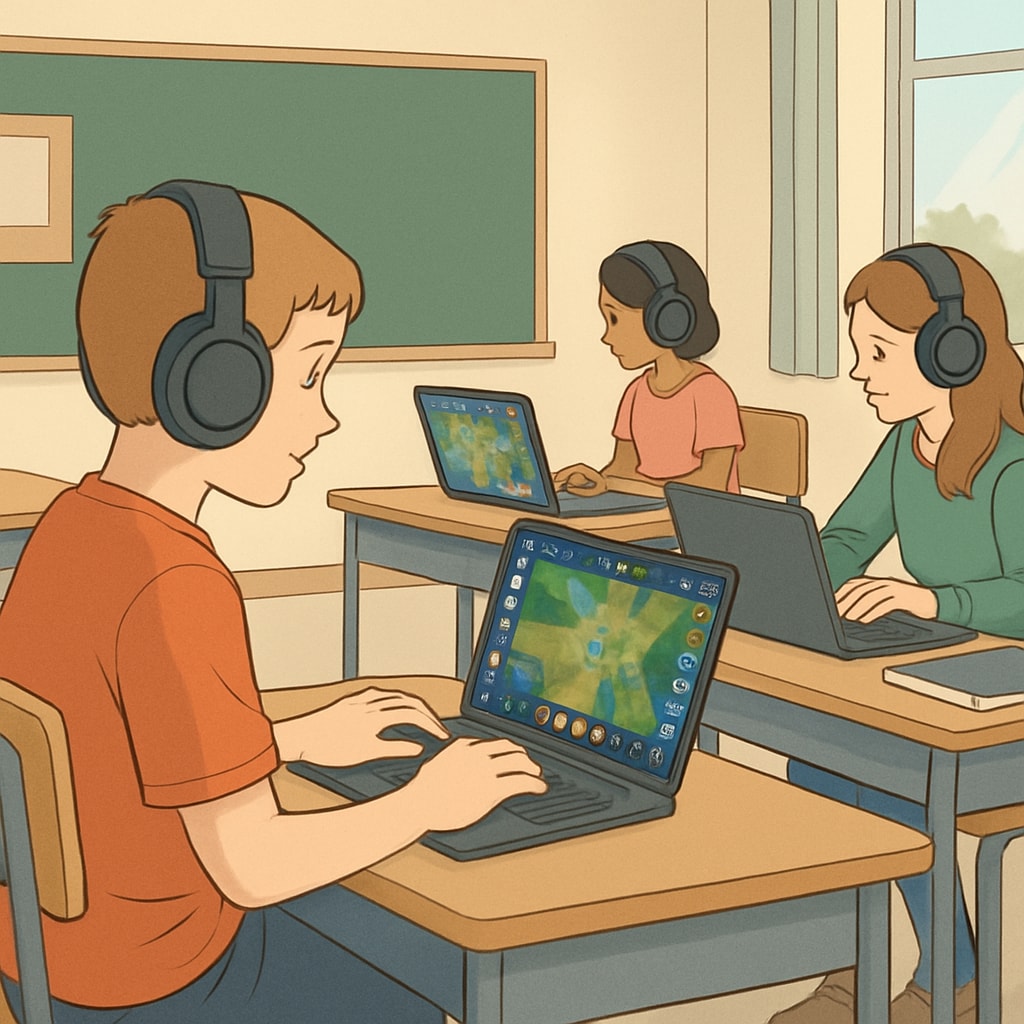The convergence of esports, gamified learning, and education is creating a transformative impact on K12 learning experiences. Programs like the collaboration between GameClass and the North America Scholastic Esports Federation (NASEF) are paving the way for a new era of education by integrating gaming into the classroom. With the rollout of gamified learning initiatives in over 9,000 esports clubs worldwide, students are discovering that learning can be both engaging and effective.
This innovative approach is not just about playing games; it is about using gaming as a medium to teach critical thinking, teamwork, and digital literacy—skills that are essential for success in the 21st century. As a result, esports is no longer just entertainment; it is a powerful educational tool.
Why Esports and Education Make a Perfect Pair
Esports, or competitive video gaming, has grown into a global phenomenon, captivating millions of players and spectators. But its potential goes far beyond recreation. Esports naturally incorporates elements such as strategy, collaboration, and problem-solving, which align directly with educational goals. By embedding these elements into K12 curricula, educators are finding new ways to engage students who might otherwise feel disconnected from traditional teaching methods.
For example, games like Minecraft and League of Legends are being used to teach subjects ranging from mathematics to history. According to a Britannica article on gamification, incorporating game elements into learning helps boost student motivation and retention. The competitive yet cooperative nature of esports also teaches soft skills like leadership, time management, and emotional resilience.

GameClass and NASEF: A Blueprint for Gamified Education
At the forefront of this movement is the partnership between GameClass and NASEF. Together, they are creating a framework that integrates esports into traditional education systems. Their mission is to bring gamified learning to 9,000 esports clubs globally, opening up opportunities for diverse student populations.
This partnership focuses on three key objectives:
- Curriculum Development: Creating lesson plans and activities that align with educational standards while leveraging the appeal of gaming.
- Skill Building: Helping students develop both academic and life skills through structured gaming experiences.
- Inclusivity: Making esports accessible to students from all backgrounds, ensuring that everyone can benefit from this innovative approach to learning.
The results have been promising. Teachers report higher levels of engagement and better academic performance among students involved in esports-based learning programs.

The Global Impact and Future of Esports in Education
The global reach of esports provides a unique opportunity to standardize and scale gamified learning. With over 9,000 clubs already participating, the potential to impact millions of students is immense. This is particularly relevant in today’s digital-first world, where traditional educational methods may not fully prepare students for future challenges.
Furthermore, the integration of esports into education fosters inclusivity. Unlike traditional sports, which may require physical prowess, esports is accessible to students of all abilities. This makes it a powerful tool for breaking down barriers and creating a more equitable learning environment.
According to the Wikipedia entry on esports, the industry is expected to grow exponentially in the coming years. This growth presents an opportunity for educational institutions to collaborate with gaming organizations, ensuring that the next generation of students is equipped with the skills they need to thrive in a rapidly changing world.
In conclusion, the fusion of esports, gamified learning, and education is not just a trend—it is a paradigm shift. By leveraging the popularity and educational potential of gaming, programs like GameClass and NASEF are revolutionizing how we think about K12 education. As this approach continues to evolve, it holds the promise of making learning more engaging, inclusive, and effective for students worldwide.
Readability guidance: Short paragraphs and frequent use of transition words ensure clarity. Lists summarize key points, while active voice and concise sentences maintain reader engagement. Images are positioned to complement the text and enhance understanding.


